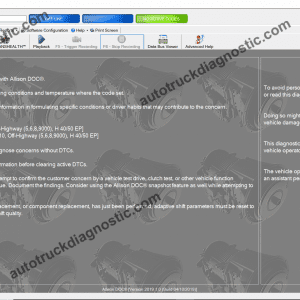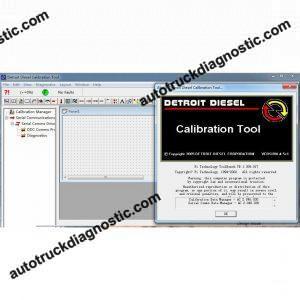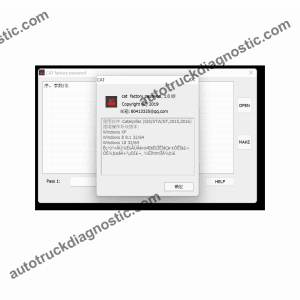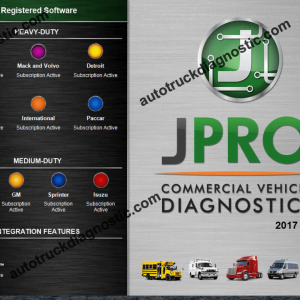1. CAT Comm Adapter III (part # 478-0235)
2. USB Cable (From device to your computer) (part # 370-4617)
3. J1939/J1708 Cable “Y” Ethernet Cable(from device to your truck) (part # 457-6114)
4. Cat 6 pin Cable for old machine
ET Function:
1.Display “Logged Event Codes” to show engine over speeds,High temperatures, fuel consumption, etc.
2.View ECM’s current configuration and change user settings
3.Perform diagnostic tests and calibrations, and calibrate
4.Electro-mechanical and electro-hydraulic components
5.Context sensitive help leads operator through every task forCat ET can perform
6.Data Logger and Data Log Viewer allows recording of ECM signals for delayed troubleshooting capability.
Functionalities Shows all operating conditions that cause high repair costs such as:
Over speeds, high temperatures, fuel consumption, transmission shift counts. This can provide awareness to change operator forCat “ET Trainer” is now included in ET Program. It allows Users to train and practice using forCat ET without a Communications adapter or Electronic Control Module (ECM).This is a free feature of for Cat ET.
Communication:
1. Allows communication between service tools and engine controls using various data links such as J1939/11, DeviceNet (future release), forCAT DataLink, and J1708 (ATA) vehicle networks
2. Flash program allows adapter firmware upgrades as additional features become available
3. Uses J1939/11, high-speed data link (part of ADEM III controls), substantially reducing flash times
4. Automatically selects J1939/11 when flashing the engine (reduces the flash time approximately 80%, from 14 minutes to 3 minutes).








